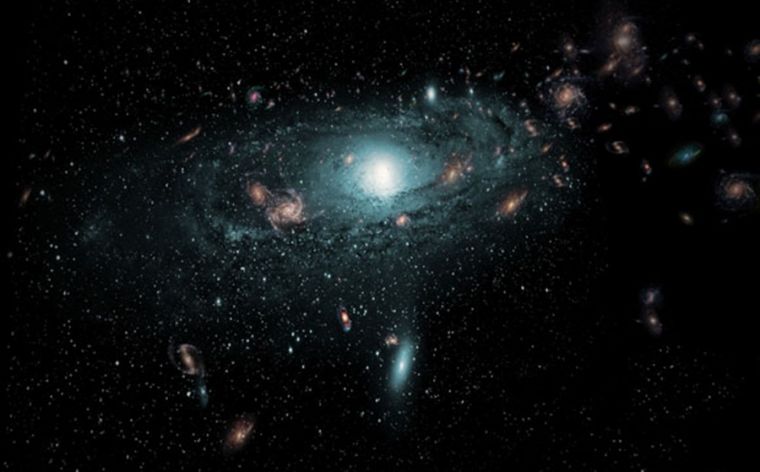Surprise! Hundreds of nearby galaxies discovered hidden behind Milky Way
More and more pieces of evidence are being discovered that could prove that we are not alone in the huge expanse of the universe.
Space scientists, for instance, recently discovered hundreds of galaxies previously hidden behind our own Milky Way galaxy.

In a statement, Professor Lister Staveley-Smith from The University of Western Australia node of the International Centre for Radio Astronomy Research (ICRAR), who led the research, said her team discovered a total of 883 hidden galaxies—a third of which had never been seen before.
The professor said this cluster of hidden galaxies was found 250 million light years from Earth.
"The Milky Way is very beautiful, of course, and it's very interesting to study our own galaxy, but it completely blocks out the view of the more distant galaxies behind it," Staveley-Smith said, as quoted by CBS News.
The researchers managed to peer through the gas and dust of the Milky Way and to ultimately spot these hidden galaxies using an Australian radio telescope previously used for assisting with the moon landings.
The space scientists also managed to quickly map three new galaxy concentrations and two new clusters using a 21-centimeter (8.3 inches) multibeam receiver placed at the Commonwealth Scientific and Industrial Research Organisation (CSIRO) Parkes Observatory in Australia.
Using these new findings, the researchers hope to unlock a mysterious gravitational anomaly called the "Great Attractor," which seems to be pulling together galaxies, including the Milky Way, with a gravitational force equivalent to a million billion Suns.
"We don't actually understand what's causing this gravitational acceleration on the Milky Way or where it's coming from," Staveley-Smith said.
"We know that in this region there are a few very large collections of galaxies we call clusters or superclusters, and our whole Milky Way is moving towards them at more than two million kilometres per hour," he added.











